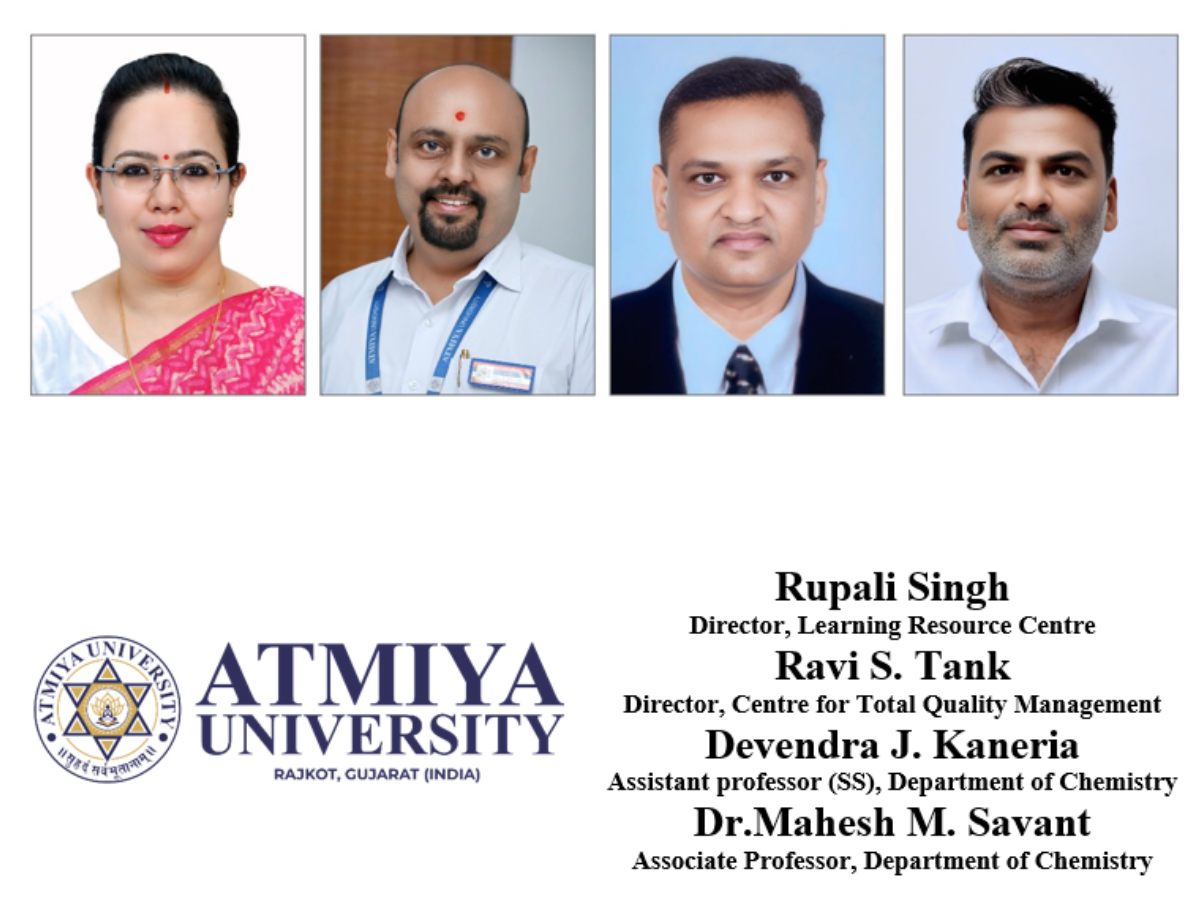In water-scarce industrial zones of India, reliance on groundwater or freshwater for industrial processes has created immense stress on local ecosystems and communities. To address this, a large industrial group in a drought-prone area of western India, whose captive power generation facility previously needed over 1,140 kiloliters (KL) of water per day , launched a significant sewage recycling initiative. Through a long-term public-private partnership and concession agreement with local municipal authorities, the company is building a large-scale Sewage Treatment Plant (STP). This project is a Corporate Social Responsibility (CSR) effort focused on sustainable water management. It treats municipal sewage from nearby towns, preventing untreated wastewater discharge into natural water bodies. The treated water is further purified using advanced filtration and osmosis systems to serve as a reliable, non-freshwater source for industrial operations. This shift eliminates the industrial complex’s dependence on freshwater, freeing up regional water supplies for domestic and agricultural use by the local community. The initiative promotes a circular water economy and aligns with national goals like Zero Liquid Discharge (ZLD).
Figure 1: Sewage Recycling for Industrial Reuse: A Model for Circular Water Economy
Scope of Sewage Treatment Plant:
- The facility includes a wastewater treatment plant designed to process 40 million liters per day (MLD) of municipal sewage during its initial phase. This level of capacity is significant when compared to broader benchmarks—for instance, as of 2020, the state of Gujarat had approximately 5,013 MLD of sewage generated and an installed treatment capacity of 3,378 MLD.
- The plant treats domestic sewage sourced from two neighbouring urban centres. To contextualize, Gujarat—spanning multiple municipalities—generated around 3,307 MLD of sewage across eight municipal corporations. Installed treatment capacity across these corporations stood at 4,324 MLD, though performance gaps persisted in some areas (e.g. Jamnagar, Junagadh, Gandhinagar) totalling about 46 MLD.
- All treated effluent from the plant is repurposed for industrial operations—including power generation and manufacturing—instead of being discharged or used for irrigation. This aligns with Gujarat’s broader state mandate that requires industrial units consuming over 100,000 liters per day to reuse at least 60% of treated wastewater by 2027–28. As a point of reference, Gujarat currently reuses approximately 1,190.87 MLD of treated sewage across uses like agriculture, landscaping, and industry, with 417.4 MLD (about 35.04%) allocated specifically to industrial use.
Treatment Processes and Compliance Standards
- Primary Treatment
- Ultrafiltration (UF)
- Reverse Osmosis (RO)
The norms ensure that the treated effluent is safe for industrial use, and, where applicable, meets broader environmental discharge criteria:
- pH: 6.5–8.5
- BOD (5-day): ≤ 10 mg/L
- COD: ≤ 50 mg/L
- TSS: ≤ 10 mg/L
- Ammonical Nitrogen & Total Nitrogen: ≤ 5 mg/L each
- Fecal Coliform: ≤ 100 MPN/100 mL
Operational Data:
The facility reports an annual raw water consumption of 419,660 KL (419.66 ML) and an annual wastewater generation of 14,507 KL (14.51 ML). This translates to an average daily water requirement of 1,146 KL/day (≈1.146 MLD) and an average daily wastewater output of 39.64 KL/day (≈0.0396 MLD). The site’s daily intake (≈1.146 MLD) represents only ≈0.023% of Gujarat’s estimated daily sewage generation (≈5,013 MLD).The wastewater fraction returned is small, with only ≈3.46% of the water consumed reported as wastewater. The plant’s power-generation water intensity is 8.96 KL per MWh (≈8,960 litres per MWh). Critically, the project has achieved a ‘zero freshwater withdrawal’ operating mode by substituting all process needs with treated municipal sewage (treated via STP+UF+RO). This operational model (treat → UF→ RO→ industrial reuse) aligns fully with the CPCB reuse guidance and the GPCB’s policy to expand treated water utilization in Gujarat
Environmental Impact:
1. Prevention of Untreated Sewage Discharge
Before the sewage treatment project, significant volumes of untreated sewage from nearby urban centers were illegally discharged directly into natural water bodies, including rivers, creeks, and coastal zones. Similar environmental violations were noted across the state, such as in Vadodara, where drone surveys found 51 active sewage outfalls into the river, violating regulatory directives. Since the implementation of the treatment infrastructure, the diversion of this raw sewage has been significantly curtailed. This success has led to a dramatic reduction in untreated sewage discharge, effectively preserving freshwater and marine ecosystems.
2. Freshwater Conservation
The project has entirely eliminated the facility’s reliance on groundwater or freshwater by repurposing treated municipal sewage for industrial use. This aligns with Gujarat’s river conservation efforts, which include sanctioning ₹1,875.29 crore to create 697 MLD of sewage treatment capacity. Consequently, freshwater is now freed up for redirection to the local community, supporting drinking water supply, agricultural irrigation, and use by smaller enterprises. This shift promotes both resource conservation and community benefit.
3. Circular Water Economy Model
The facility employs a closed-loop water recycling model that begins by collecting domestic sewage from urban catchments. The water undergoes rigorous treatment at a Sewage Treatment Plant (STP) using primary treatment, ultrafiltration (UF), and reverse osmosis (RO) to achieve industrial quality. The resulting treated water is used for power generation and manufacturing. Any wastewater is further treated and recycled. This approach minimizes water extraction, reduces environmental impact, and sets a replicable model for sustainable water management in water-stressed regions.
Challenges Addressed:
During planning and implementation the project team systematically tackled three interlinked challenges:
1) Infrastructure development:
Gujarat faces a significant sewage management mismatch: the CPCB estimates ≈5,013 MLD of sewage generation versus only ≈3,378 MLD of installed STP capacity, resulting in a shortfall of ≈1,635 MLD. This gap is largely due to missing conveyance networks, a major barrier to large-scale reuse. To address this, the project constructed new conveyance lines to reliably divert municipal flows from two towns to the STP. Furthermore, the Phase-I plant (40 MLD) incorporates modularity and redundancy. This pragmatic, staged approach aligns with GPCB and GWSSB recommendations, ensuring the facility can handle future increases in collection coverage without a complete rebuild.
2) Stakeholder coordination:
Effective sewage reuse is often hindered by land issues, unclear O&M responsibility, or lack of long-term contracts between urban local bodies and industry. To overcome these barriers, the GPCB’s policy explicitly promotes public-private partnerships and concession models. For this project, a long-term concession/operation agreement was negotiated with the two municipal bodies. This formal structure clearly defines responsibilities for collection, O&M, water quality, and pricing, mitigating risks like inadequate collection network maintenance. Formal monitoring, grievance mechanisms, and community outreach programs explaining benefits (health, jobs, and irrigation) were also implemented, aligning with GPCB guidance for expanding treated-water utilization.
3) Technical consistency:
Industrial reuse requires consistent, high-quality water, making robust treatment and continuous monitoring essential, as upstream variability can compromise quality. CPCB guidelines emphasize membrane polishing (UF/RO) for safe reuse. This project employs a multi-barrier treatment train: primary→ biological→ ultrafiltration (UF)→ reverse osmosis (RO). UF removes pathogens, and RO polishes for salts, yielding industrial-grade water. To ensure quality, the plant uses continuous online monitoring and an auto-diversion arrangement to recirculate or reject non-compliant batches, consistent with CPCB and GPCB recommendations.
Conclusion:
This case demonstrates that industrial development and environmental stewardship are aligned through large-scale wastewater reuse and circular water management. Gujarat faces a substantial sewage-management challenge, with generation at roughly 3,999–5,013 MLD versus an installed STP capacity of only ≈3,378 MLD, leaving a significant treatment gap. By treating municipal sewage to industrial quality (using biological treatment → UF → RO), this initiative achieves three measurable benefits:
- Reduced Environmental Loading: Diverting tens of MLD of wastewater prevents contamination, protecting Gujarat’s aquatic and coastal ecosystems.
- Conservation of Freshwater: Replacing freshwater frees supplies for drinking, irrigation, and livelihoods, a strategy encouraged by CPCB and GPCB policies to close the state’s utilization gap.
- Scalable, Cost-Effective Circularity: Implemented via robust governance (concessioning and online monitoring), this modular, public–private model converts raw sewage liability into a reliable industrial resource stream, offering a scalable framework for water-stressed regions.
References:
- Central Pollution Control Board (CPCB). (n.d.). National Inventory: Status of Sewage Treatment Plants in India – State-wise summary (Gujarat). CPCB.
- Central Pollution Control Board (CPCB). (n.d.). Guidelines for reuse of treated sewage/wastewater: Technical and policy guidance. CPCB.
- Gujarat Pollution Control Board (GPCB). (n.d.). Utilization of Treated Wastewater (Sewage) policy – state framework. GPCB.
- Gujarat Pollution Control Board (GPCB). (n.d.). Monthly progress report and STP status – Gujarat state sewage generation and treatment capacity. GPCB.
- Godadu, T. (2025, [exact date]). Study finds 51 outlets releasing sewage into Vishwamitri River. The Times of India.

